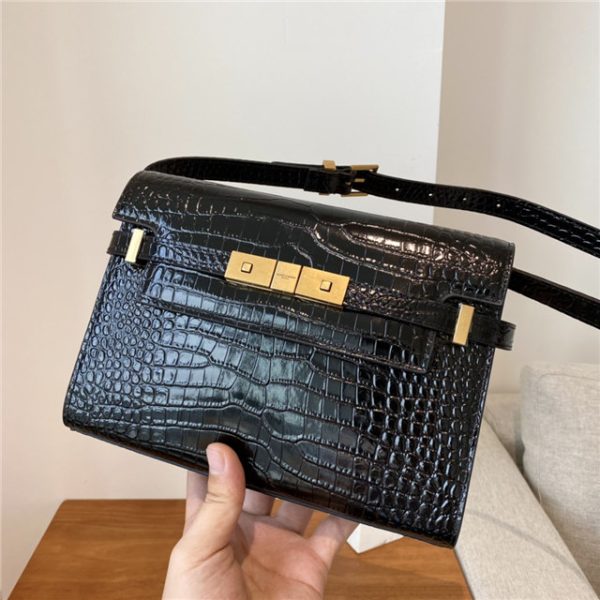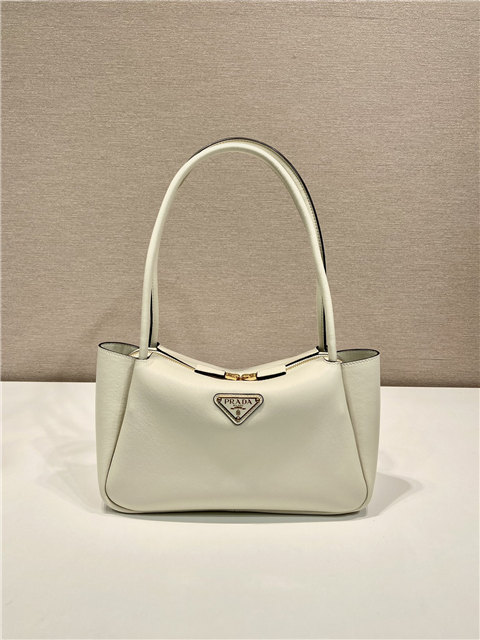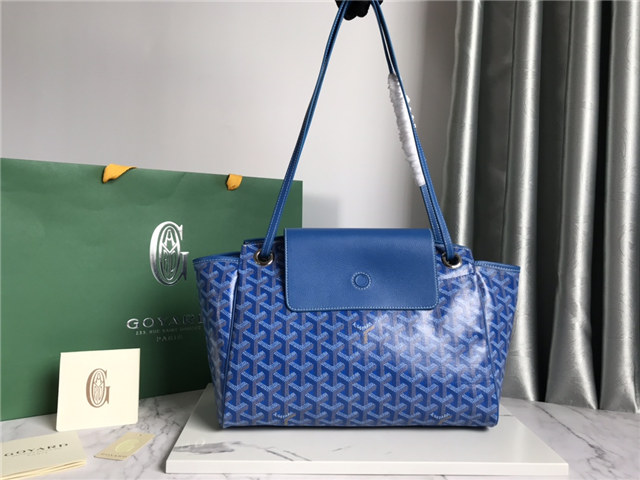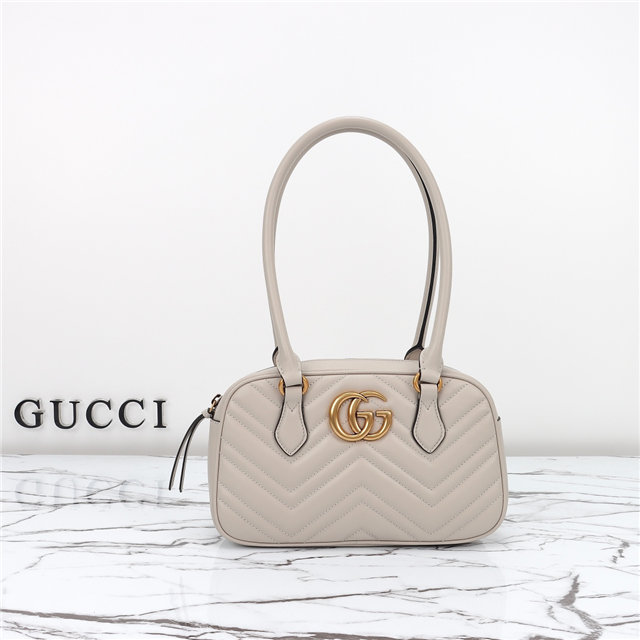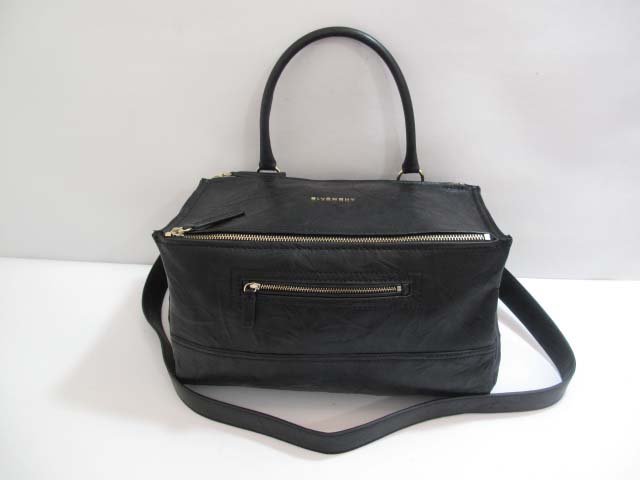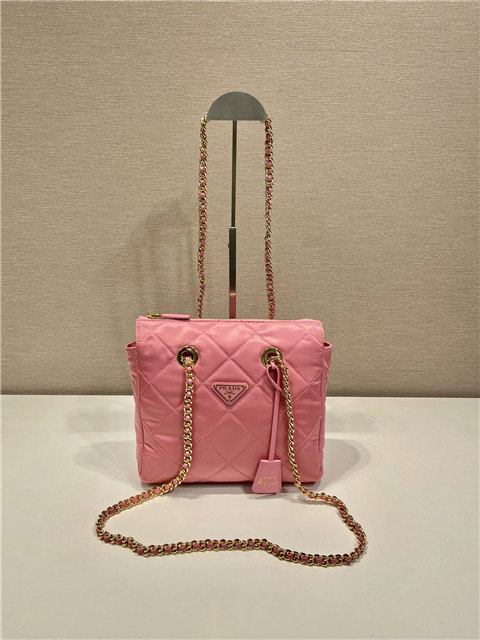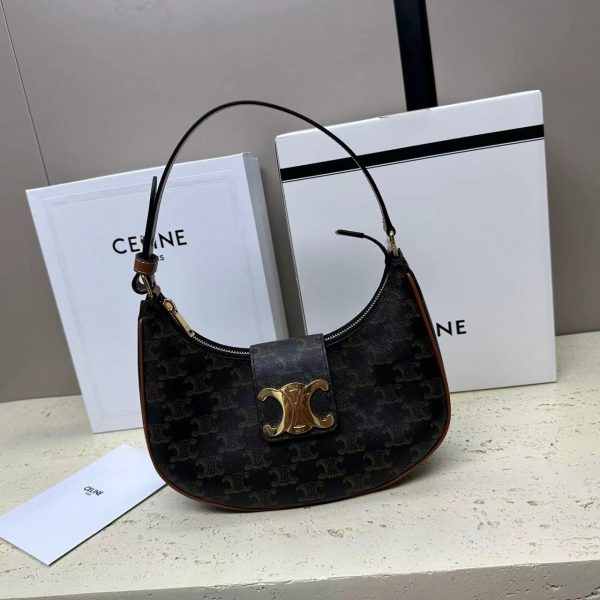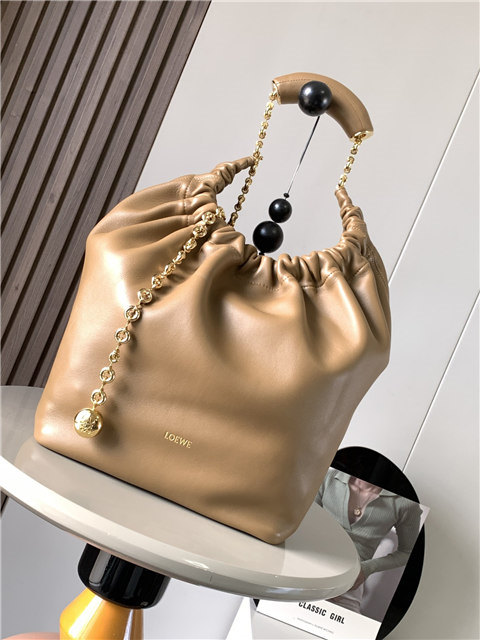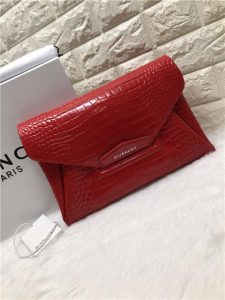First off, like, yeah, AliExpress probably sells ’em. Duh. The Deep Web? Probably too, but honestly, venturing there for a watch? Sounds like a recipe for disaster. Don’t do it. Just stick to the slightly less terrifying corners of the internet, okay?
Now, the *really* good fakes? They ain’t cheap either. We’re talking hundreds, maybe even thousands. I mean, think about it – they gotta at least *try* to mimic the craftsmanship, right? Otherwise, you’re just walking around with a glorified plastic toy on your wrist. And nobody wants that.
So, how do you spot a fake? Well, the Movado logo is your first line of defense. Is it crisp? Is it centered? Or does it look like some kid in a sweatshop slapped it on there after chugging a Red Bull? Pay attention to the details, my friend. Also, some sites might’ve edited out the logo entirely in their photos – that’s a HUGE red flag, obviously.
And for the love of Pete, compare it to a real one! Find an authorized Movado retailer online and scrutinize their photos. Note the differences. The real deal has a certain… je ne sais quoi. The fake? Usually just looks… off.
Here’s my personal take: Buying a fake watch is like… well, it’s like buying a knock-off designer bag. It looks good from a distance, but up close, everyone can tell it’s not the real McCoy. And honestly, sometimes it just feels… icky. I mean, you’re essentially supporting, uh, let’s just call ’em “less than ethical” business practices.
But hey, I’m not here to judge. If you’re dead-set on rocking a faux Movado, just do your homework. Don’t expect a miracle for, like, 50 bucks. And be prepared for the possibility that it might fall apart after a week. You get what you pay for, ya know?

